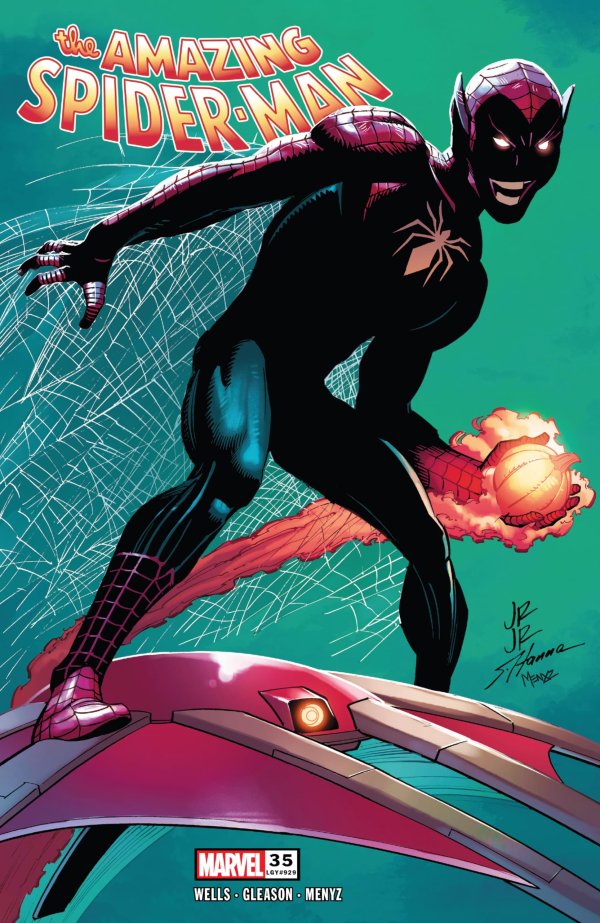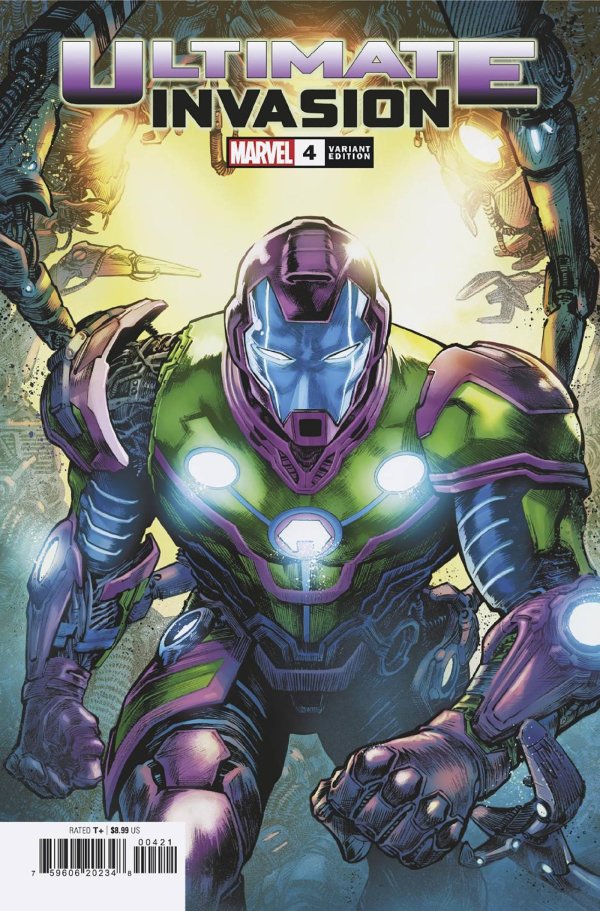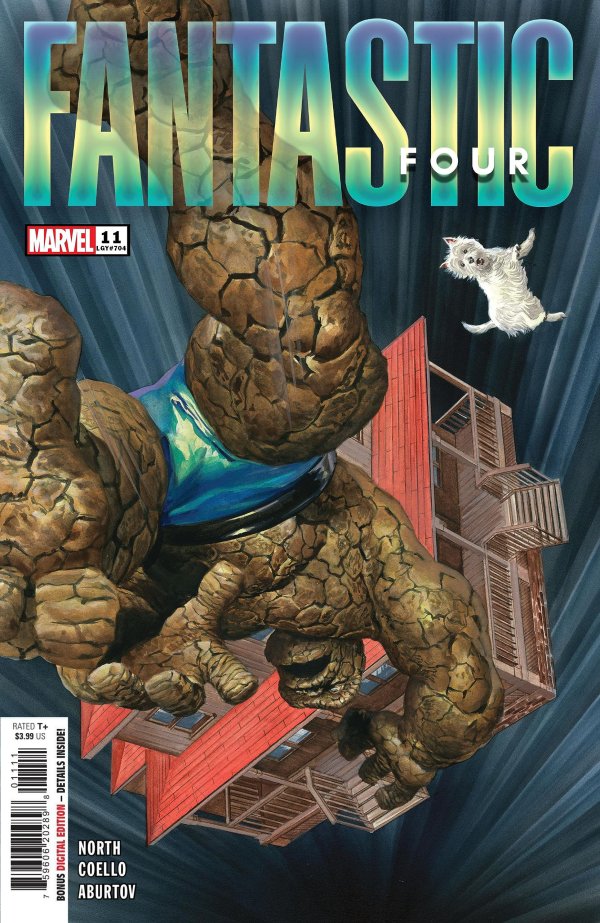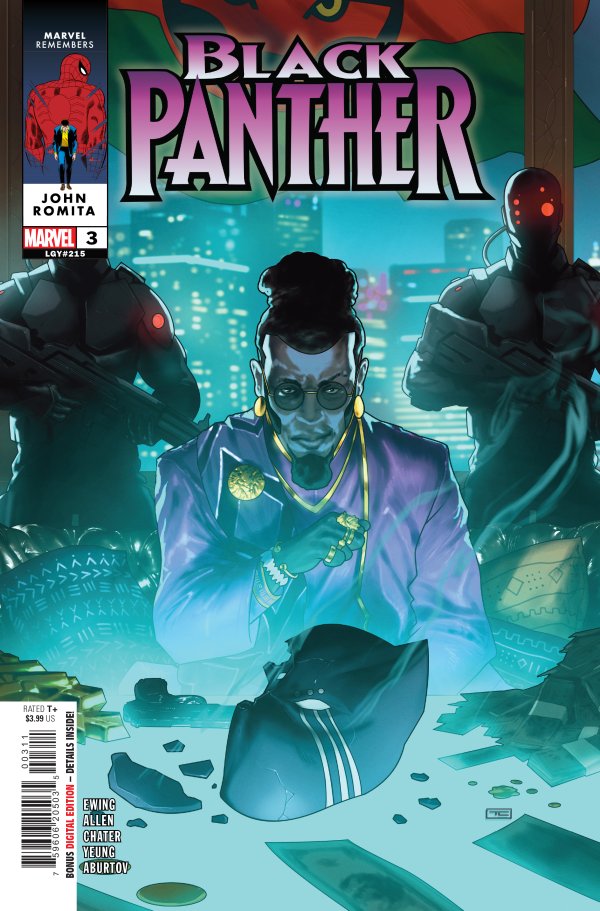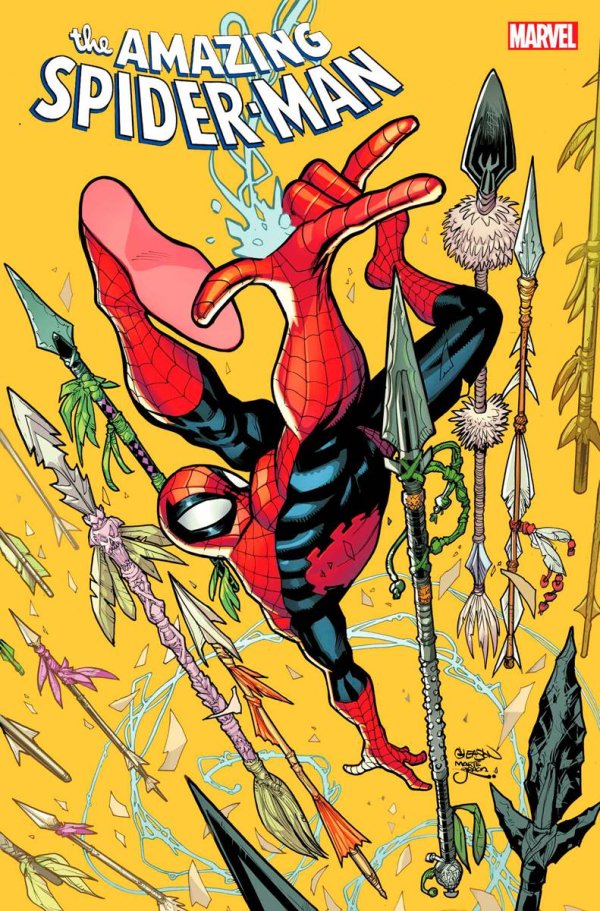A Web of Mixed Emotions: ‘Sin Spear Saga’ Tackles Morality but Misses the Mark
The “Sin Spear Saga” concludes in a mixed bag of highs and lows, capturing Spider-Man grappling with the duality of human nature. While the thematic exploration of the potential for evil within everyone is intriguing, certain story elements fall flat.
Issue #35 stands out as the redeeming chapter, featuring pivotal character development for key players like Peter Parker, Norman Osborn, and even Kraven the Hunter. The arc succeeds in making Peter confront his inner demons, with assistance from both allies and adversaries.
However, not all plot twists are as engaging. The sudden introduction of superpowers for Mary Jane feels forced, and the complications with ‘Paul’ appear to be a mere plot device destined for short-term impact. Their relationship drama seems staged, making it difficult to invest emotionally.
Perhaps the most eyebrow-raising aspect is the Sin Spear itself—a device designed to absorb sin—which, despite the fantastical world of Spider-Man, strains credulity to the breaking point.
But it’s not all gloom; the arc does set up tantalizing threads for future stories, notably the upcoming “Gang War” crossover, which holds much promise.
In summary, while the “Sin Spear Saga” has its moments, its inconsistencies prevent it from being a knockout. It’s a chapter that raises compelling questions about morality, but could benefit from more coherent storytelling choices.
